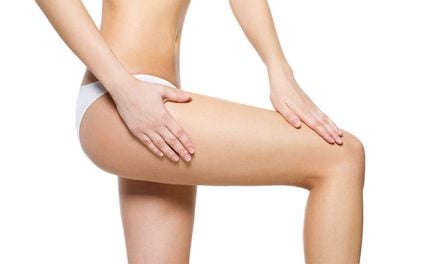The complete report, entitled Medical Aesthetics Market, is now available at http://www.reportsnreports.com/reports/649547-global-medical-aesthetics-industry-injectables-energy-based-devices-cosmeceuticals-cosmetic-surgery-facial-aesthetics-implants-cosmetic-tourism-market-analysis-forecast-to-2021.html.
Nonsurgical treatments lead the way across the globe and are broadly classified into three major categories: injectable products, energy based devices and active cosmetics. Injectable products include neurotoxins such as Botox and dermal fillers such as Restylane and they have the largest market share. These are followed by energy-based devices such as lasers, radio frequency and intense pulsed light (IPL). Cosmeceuticals include skin care, eye care, skin lightening and scar care products.
The North American market accounts for about 45% of the global market. However, the dominance of the U.S. is shifting towards Asia, particularly in the energy- based devices segment. Asia is regarded as the next frontier and the number of physicians and clinics in China and India has been steadily rising, along with medical tourism in the region. In the injectables and devices category, the E.U. occupies the second position behind the U.S. Brazilcontinues to be a strong market for aesthetics and cosmetic procedures. The Russian market is also experiencing fast growth compared to many E.U. countries and the Russian market is particularly strong for devices and topicals.
Aesthetic practitioners have now the choice of new instrumentations such as soft and bendable needles, blunt-tip cannulas and injector pens for minimally invasive procedures. Recent years have seen wide acceptance by consumers for microneedle treatments administered via handheld guns, for restoring skin with vitamins, amino acids and hyaluronic acid. Consumer aesthetic products such as “micro- botox” and “bro-tox” are experiencing a steady growth. Adipose derived stem cells (ADSC) have gained acceptance for rejuvenating face and breasts, and stem cells from green apple, lilac and alpine roses are now being used as ingredients in topical cosmetics.
Another growth market is for body shaping procedures that involves reduction of fat, cellulite, skin laxity and vein removal. An injectable drug ATX-101 (deoxycholic acid), currently in clinical trials is most likely to become a game changer in body contouring segment in the near future. On July 10, 2014, the FDA accepted the filing of New Drug Application (NDA) for this drug by Kythera Biopharmaceuticals. Plug-in at-home devices for treating sun damage, hair removal, skin discoloration, acne, hair growth, skin texture, microdermabrasion and cellulite continue to expand particularly in developed markets. As a new innovation, the aesthetic market is expected to witness the launch of transepidermal drug delivery technologies for facilitating topical treatments.





